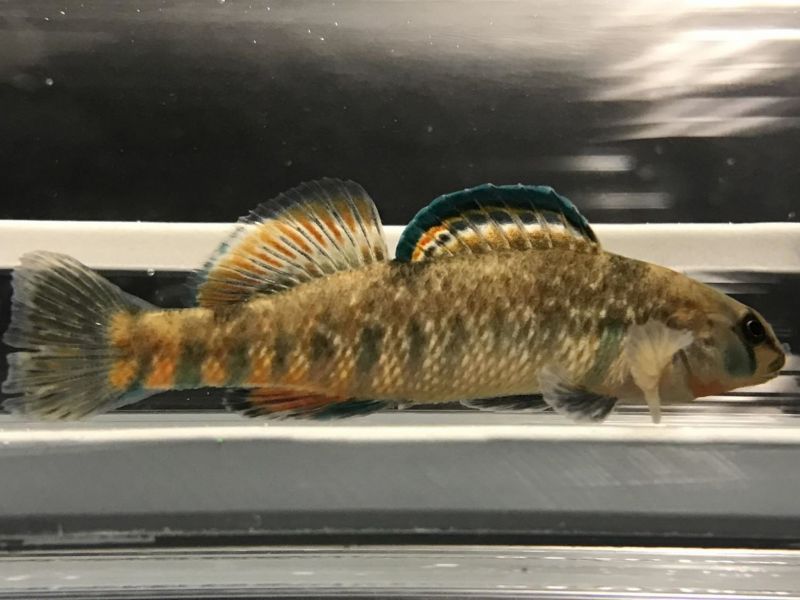Decay in Wastewater Damages Aquatic Life
Published on by Water Network Research, Official research team of The Water Network in Academic
A group of researchers from the University of Waterloo in Canada was the first to measure the effects of waste-contaminated water on the metabolism of fish.
They found that fish from water contaminated with wastewater effluent breathe faster and require more energy than other fish — energy they could use elsewhere. And they found the bacteria on dead and decaying fish tells a tale of what they've been exposed to.

Measuring the metabolism of a rainbow darter in a respirometry chamber. Image via Mr Hossein Mehdi
The research study, led by Paul Craig was presented July 6 at the Society for Experimental Biology Annual Main Meeting in Gothenburg, Sweden.
What's a Necrobiome?
The term necrobiome is used to describe the unique community of bacteria associated with dead and decaying organisms. It yields a wealth of information about the environment the organism lived in, died in, and contributes to the eventual decomposition of the organism. During decomposition, microbes from the environment perform a natural biological degradation.
They break down and recycle a body's molecular and cellular components into valuable nutrients, like minerals and carbon, and return them to the environment. The organisms that participate in this process can even help determine investigators determine time of death.
The study by Craig has brought light to how the organisms in the water that fish live in contribute to their necrobiome and help bring about their death.
Effects of the Necrobiome on Fish
The scientists examined the metabolic performance of rainbow darter fish in clean and effluent-influenced waters from the Grand River watershed, along with the impact of pathogenic bacteria derived from their necrobiome.
Metabolism rate measurements were made on fish using custom-made chambers that measured their breathing. Fish exposed to wastewater had higher metabolic rates, measured by greater oxygen need and enzymes associated with metabolism than fish not exposed to water contaminants. Craig pointed out that more energy required to maintain higher metabolic rates means less energy to find food, evade predators, and attract mates.
The researchers could reverse the effects on the fishes' metabolism by returning them to clean water for a week. They felt the increase in metabolic rate was probably the result of an immune response the fish mounted to try to prevent an infection with disease-causing bacteria in the wastewater — a battle they would likely lose if they were in the wild.
Wastewater from the Grand River site was found to have different kinds of human pathogenic bacteria in it. Clostridium perfrigens , Aeromonas veronii , and Eubacterium tarantellus were all present in the wastewater. They all are known to cause sickness, and the researchers found them in the necrobiome of dead fish in the study.
Read full article: Invisiverse
Media
Taxonomy
- Bacteria
- Water Pollution
- Sewage Treatment
- Wastewater Treatment
- Contaminant Removal
- Ecosystem Management
- River Studies
- Ecosystem Management
- Pollution
- Sewage
- Animal Health
1 Comment
-
Yes we know all this, because the fish accumulate any thing and adapted with environment.